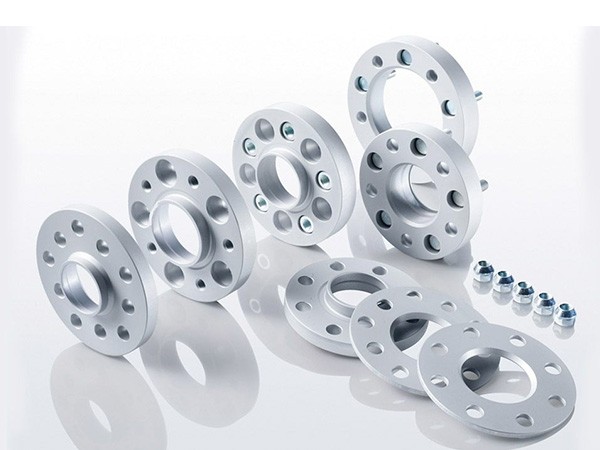Wheel spacers are a popular aftermarket modification that can enhance the appearance and performance of your vehicle. They create additional space between the wheel hub assembly and the wheel itself, resulting in a wider track width. This not only improves the aesthetics by giving your vehicle a more aggressive stance but also offers various practical benefits such as improved stability and increased clearance for larger brake calipers or suspension components. In this comprehensive guide, we will delve into the process of installing wheel spacers, covering important considerations, step-by-step instructions, and potential challenges to help you achieve a successful installation.
- Understanding Wheel Spacers:
Before diving into the installation process, it's crucial to understand what wheel spacers are and how they work. Wheel spacers are typically made of high-quality aluminum or steel and come in various thicknesses. They are designed to fit over the existing wheel studs and provide an extended mounting surface for the wheels. By pushing the wheels outward, they alter the offset and increase the track width of the vehicle.

- Choosing the Right Wheel Spacers:
Selecting the appropriate wheel spacers is paramount to ensure a safe and effective installation. Factors such as vehicle make and model, desired track width increase, and wheel specifications should be taken into account. Consult your vehicle's manufacturer guidelines or seek professional advice to determine the ideal spacer thickness and material for your specific application.

- Gathering the Necessary Tools and Materials:
To successfully install wheel spacers, you'll need a set of tools readily available. These typically include a jack, jack stands, lug wrench, torque wrench, socket set, thread locker, and a pry bar. Additionally, ensure you have the correct size and quantity of wheel spacers, as well as any required mounting hardware provided by the manufacturer.

- Preparing for Installation:
Begin by parking your vehicle on a level surface and engaging the parking brake. Loosen the lug nuts on all four wheels, but do not remove them entirely. Use a jack to lift one corner of the vehicle at a time and secure it with jack stands for safety. Proceed to remove the lug nuts and carefully detach the wheels from the hub assembly.

- Installing the Wheel Spacers:
Thoroughly clean the wheel hub assembly and the mounting surface of the wheel spacer to remove any dirt or debris. Apply a thin layer of thread locker to the existing wheel studs to prevent loosening over time. Carefully align the wheel spacer onto the hub assembly and slide it over the wheel studs until it sits flush against the hub. If necessary, use a pry bar to ensure proper seating.
- Reinstalling the Wheels:
With the wheel spacers in place, it's time to reattach the wheels. Line up the holes of the wheels with the wheel studs protruding through the spacers and gently push the wheel onto the hub assembly. Hand-tighten the lug nuts initially, ensuring they are evenly tightened in a star pattern. Once all lug nuts are snug, use a torque wrench to tighten them to the recommended torque specifications provided by the vehicle manufacturer.
- Post-Installation Checks:
After tightening the lug nuts, lower the vehicle from the jack stands using the jack. Once the vehicle is back on the ground, give each wheel a final torque check to confirm that all lug nuts are properly tightened. Take the vehicle for a short test drive to assess the handling and make sure everything feels secure. Periodically inspect the wheel spacers and lug nut torque to detect any signs of loosening or wear.
Installing wheel spacers can be a rewarding modification for your vehicle, but it requires careful consideration and proper execution. By following this comprehensive guide, you should have a solid understanding of the installation process, including the necessary tools, precautions, and step-by-step instructions. Remember to prioritize safety, consult professional advice if needed, and enjoy the improved appearance and performance that wheel spacers can offer to your vehicle.








